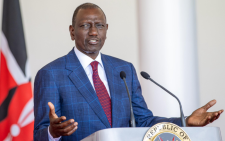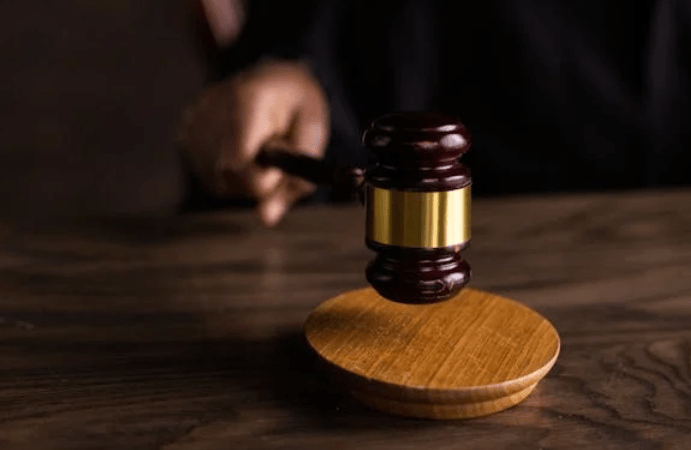Treasury under fire over Ksh5 roads levy added without MPs’ approval

The National Treasury has been put on the spot over the securitisation of an additional Ksh5 from the Roads Maintenance Levy Fund (RMLF), bypassing the constitutional procedures.
With the additional amount to the previous Ksh7 that had been approved last year by Parliament, the total fund to the kitty now amounts to Ksh12.
National Treasury Principal Secretary, Chris Kiptoo, in his presentation before the National Assembly Committee on Public Debt and Privatisation, stated that this additional amount was to help in streamlining related service delivery as the roads sub-sector has been facing funding issues over time.
Taking the button from the PS, the Director-General of Public Investment at the National Treasury, Lawrence Kibet, explained that the entire securitisation framework was to respond to the factor of stalled road projects that the country was facing, emanating from unpaid dues.
“The contribution of construction in the country has actually contracted, and of course, Kenyans were questioning. So, that responsibility comes back to the Treasury and together with the Ministry of Roads and we had to come to a solution,” he said.
The fund, according to him, was also aimed at countering court awards due to contract breaches, enabling the authority to deliver its mandate, to avoid the further accumulation of pending bills, and to mitigate the attendant interest and penalties that follow when there is a stoppage of works.
Despite the well-spelt-out objectives, the legislators sought clarity on the securitisation of the additional amount, as it is their constitutional right to approve or reject proposals by relevant ministries.
This arguably could create room for funds leakage due to proper regulation and accountability.
Constitutional provision
With this, the Treasury, according to them, is seen to have breached the constitutional provision. Additionally, the Treasury quoted a contradictory legal provision, which they said enabled them to implement the framework.
“In your document, the sections of the law that you quoted are not exactly the ones that you wish to account for. Number two, where is this five-shilling coming from? I gave a background that our RML funds have already been appropriated, and we know what has been allocated to what. It is not something that the minister or anybody can just decide,” Wajir East MP Aden Daud posed.
According to the Treasury team, Kenya Roads Board attempted a framework referred to as “ a two-cell securitization” where an entity can sell the receipt of the future receivables to a Sovereign Project-Based Borrowing (SPB) which comes with a contract that cannot be voided or otherwise reversed, even in an insolvency of the originator, which in this case is the Kenya Roads Board.
An SPB is typically a project-specific loan facility that the government, through the national Treasury, uses to fund large projects.
“For this, of course, you have to give credence to the market that once you take their money, of course, you have to give them credibility that they will be able to get access to the proceeds or get their money back through that securitisation process,” he explained.
The amount in question in this regard is about Ksh170 billion, which the MPs are seeking to understand the actual lenders.
However, before they could respond to the questions, the PS had to leave to attend another scheduled meeting, forcing the house to reschedule the sitting for a later date, which they have yet to communicate.
In their defence, Kibet noted that: “The entire process, of course, is legal. So, it’s backed by the law, and the entity has the particular powers to be able to do that.”
Typically, the RML fund was an instrument used by the government to help in addressing the road sector funding issues that have been prevalent over time, leading to high stalled project rates, which in turn affect the country’s construction industry.
Earlier this year, KRB, through a draft report, announced it was seeking to raise up to Ksh230 billion from road tolling to facilitate road development, maintenance and rehabilitation in a bid to deter avoidable accidents and boost economic growth as a result of enhanced seamless transport services.














